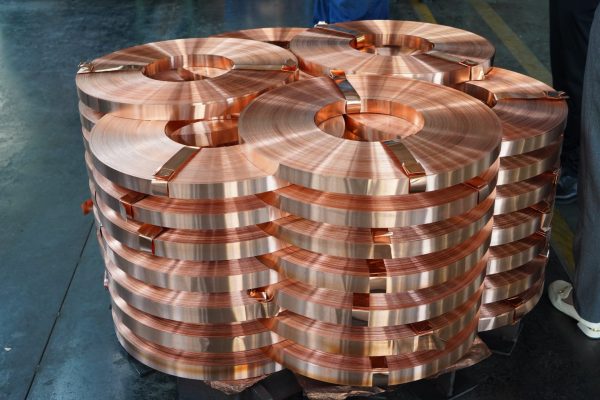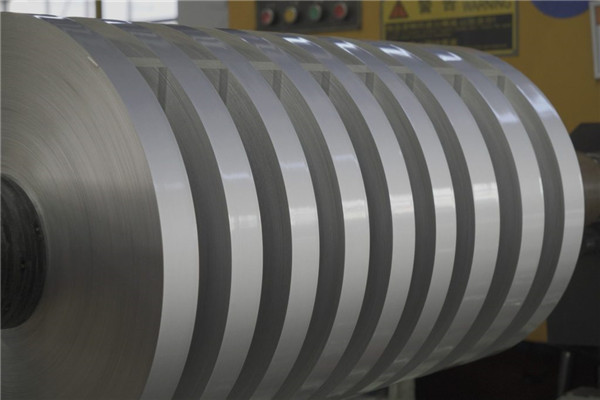Cable shielding is a very important aspect of the design and construction of electrical and electronic systems. The purpose of shielding is to protect signals and data from electromagnetic interference (EMI) and radio frequency interference (RFI) that can cause errors, degradation, or complete loss of the signal. To achieve effective shielding, various materials are used to cover the cable, including copper tape, aluminum tape, copper foil mylar tape, and more.
Copper Tape
Copper tape is a versatile and widely used material for cable shielding.It is made from thin copper foil, which coated with a conductive adhesive.. Copper tape is easy to handle, cut, and form to the shape of the cable, making it an excellent choice for custom and complex cable designs. Copper tape provides excellent electrical conductivity and shielding effectiveness, making it suitable for use in a wide range of applications, including high-frequency signals, digital signals, and analog signals.

Copper Tape
Aluminum Tape
Aluminum tape is another popular option for cable shielding. Like copper tape, aluminum tape is made from a thin metal foil that is coated with a conductive adhesive. Aluminum tape provides excellent electrical conductivity and shielding effectiveness, making it suitable for use in a variety of applications. However, aluminum tape is less flexible than copper tape, making it more challenging to handle and form to the shape of the cable.

Aluminum Tape
Copper Foil Mylar Tape
Copper foil Mylar tape is a combination of copper foil and a Mylar insulating layer. This type of tape provides excellent electrical conductivity and shielding effectiveness while also protecting the cable from electrical and mechanical stress. Copper foil Mylar tape is widely used in high-frequency applications, such as in the construction of coaxial cables.
In conclusion, there are many materials available for cable shielding, each with its own unique properties and advantages. Copper tape, aluminum tape, and copper foil mylar tape are just a few examples of the materials commonly used in cable shielding applications. When selecting a cable shielding material, it is essential to consider factors such as the frequency of the signal, the environment in which the cable will be used, and the desired level of shielding effectiveness.
Post time: Feb-22-2023

